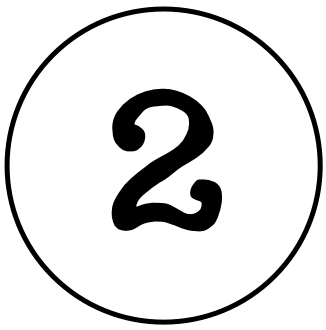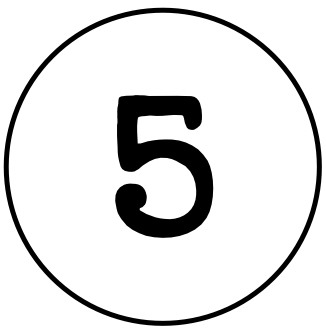Transportation needs are largely the result of the urban land use decisions about where and how we build. Most of the development in our county has been guided by the "sprawl" model of development which strictly segregated uses -- like housing, retail, office, industrial, municipal, recreational -- and required miles and miles of car travel to get from one use to another.
"Smart growth" can be thought of as the antithesis of sprawl. Its defining characteristics are:
- Compact, dense cities and towns
- Pedestrian and bike-friendly streets
- Public transit-oriented or mixed transportation modes, and
- Mixed-use, non-hierarchical zoning.
Smart growth is an effort to return to the wisdom embedded in the design of our cities and towns as they had evolved over the whole course of human history up until the middle of last century. City planners and state planning agencies recognize the virtues of smart growth.




 DISCUSS
DISCUSS















Comments (1)
50-50 Greenspace
More integrated use of land where there are minimum requirements of green for every square footage of building, including the use of vertical landscaping of buildings. (We must build vertically to reduce our foot print, but this can still be balanced with equal square footage of greenery on and around the buildings themselves.)
We need to also rethink our protection of the environment by not limiting development entirely. We need to develop for people and the economy or we will stagnate and die, but we don't need to separate it all with green belts when we can integrate all development to protect the environment as we build smartly.